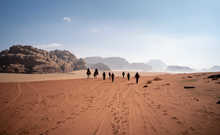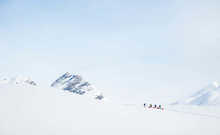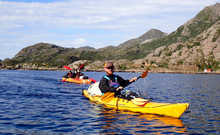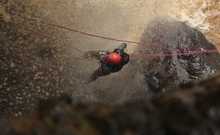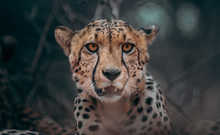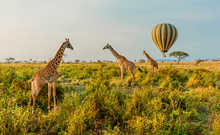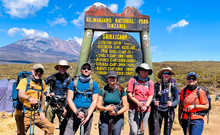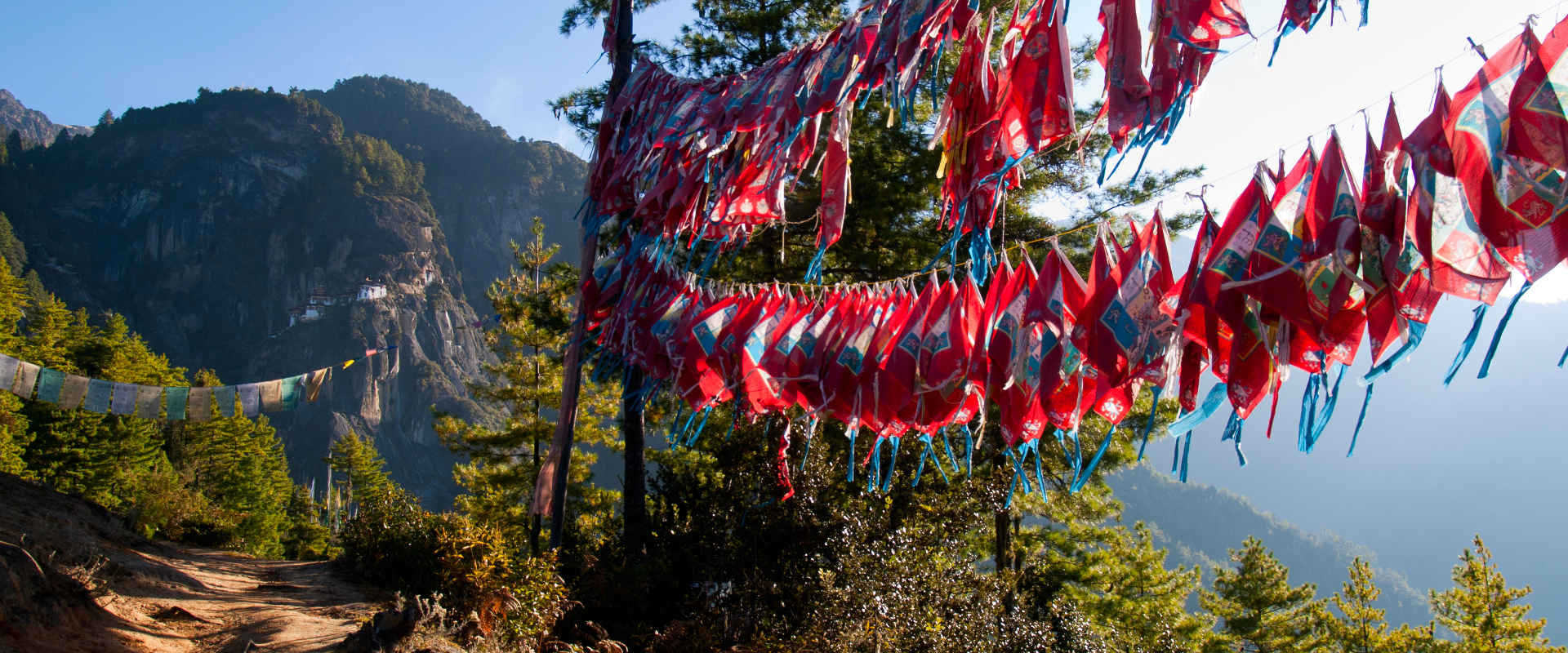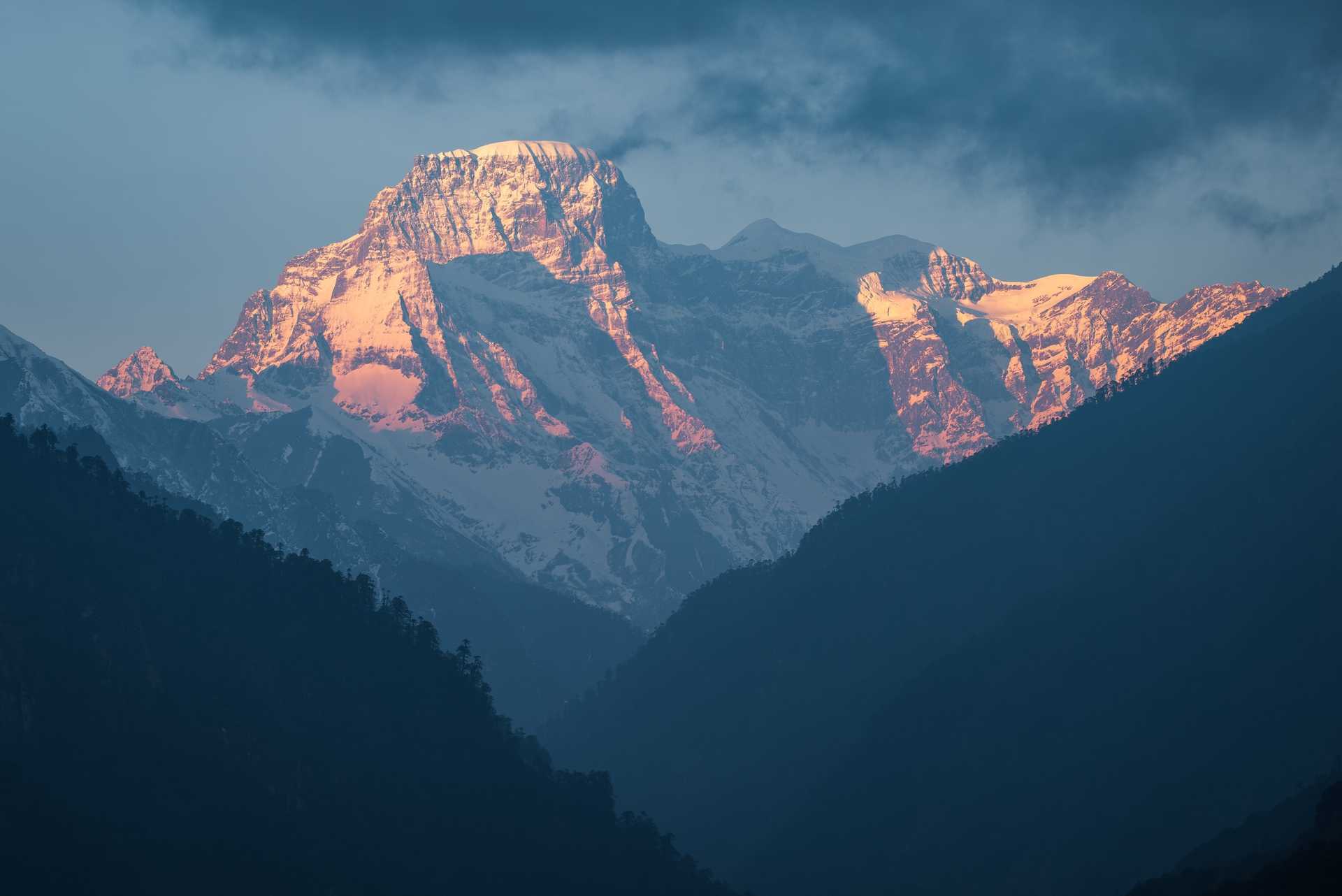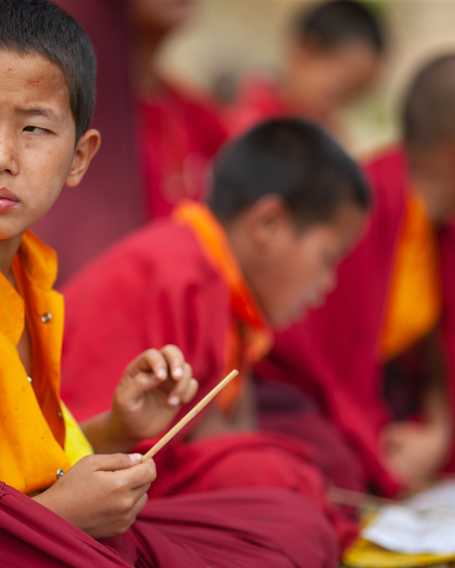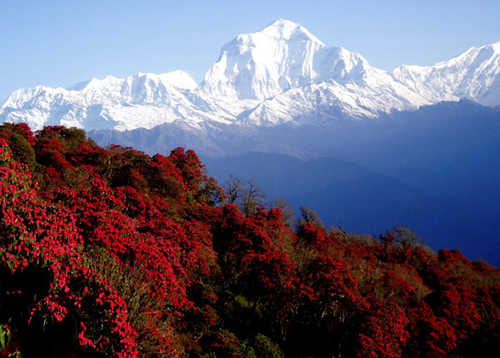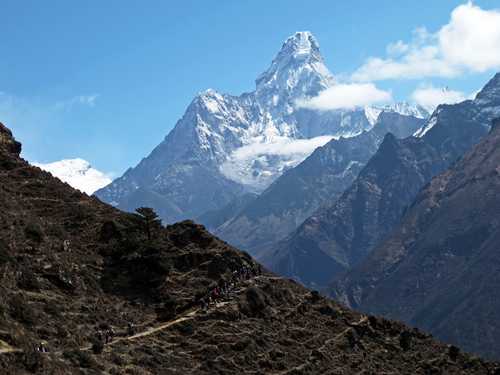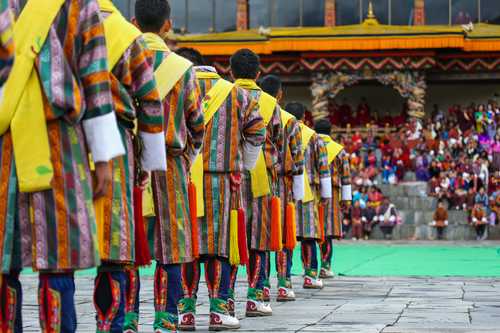
Geography
With one of the world’s greatest concentrations of mountains, the
experience begins with the flight into Paro offering close up views of Mt
Everest, Mt Kanchenjunga and other great Himalayan peaks. Once on the ground,
this is a country of high rugged mountains and deep shadowy gorges, cloaked in
dense primeval forest, resplendent with rhododendron blossom in the spring and
offering ecosystems that are both rich and diverse. The full glory of this
ancient land is discovered through majestic fortress-like dzongs, numerous
ancient temples, monasteries and stupas which take prime position in this
picturebook landscape.
The true charm of this tiny kingdom must surely lie in its use of Gross
National Happiness as a measure of development, placing real value on such
things as heritage, health, education, good governance, psychological wellbeing
and community spirit. The people of Bhutan are warm and welcoming, and you will
easily become immersed in their traditional way of life.
